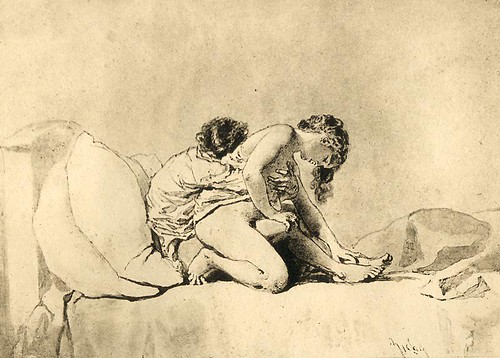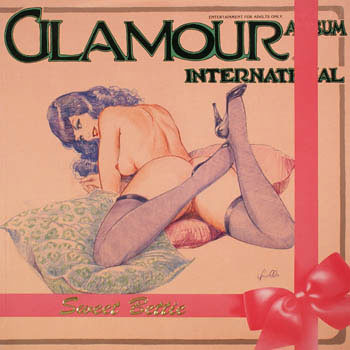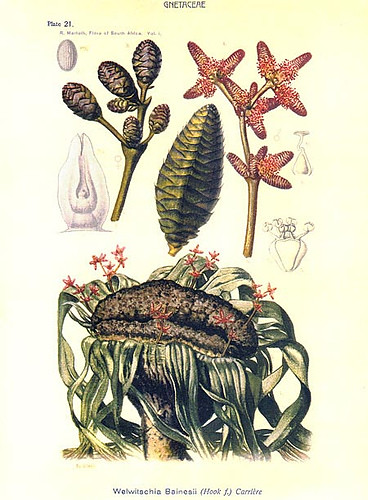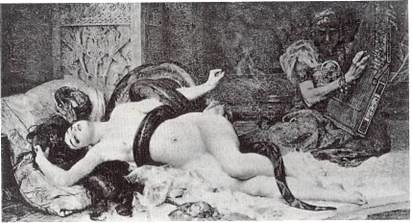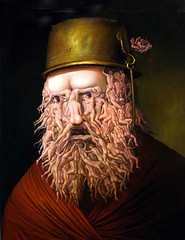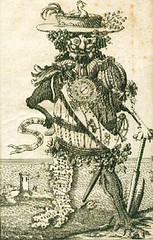Following on my previous post on Venetian Snares where I mentioned Trevor Brown, some more about the latter:
Artwork by Trevor Brown
My Alphabet (1999) – Trevor Brown
[Amazon.com] [FR] [DE] [UK]
Li’l Miss Sticky Kiss (2004) – Trevor Brown
[Amazon.com] [FR] [DE] [UK]
Though presently living in Japan, Trevor Brown is an British artist whose work explores paraphilias, such as pedophilia, BDSM, and other fetish themes, with unusual wit.
Important career motivating friendships include French artist Romain Slocombe (the pioneer of “medical art”) and William Bennett (leader of the notorious electronic-noise band Whitehouse.
Trevor Brown’s art has been featured in Adam Parfrey’s Apocalypse Culture II, and in Jim Goad’s ANSWER Me! zine, as well as a variety of other publications. His work has been featured as cover art for a number of bands, including Deicide, Whitehouse, GG Allin, Kayo Dot, and Venetian Snares.
He is often compared with Mark Ryden in that he is known for child-like characters in various states of distress. However themes in his work extend to car crashes, (reminiscent of J.G. Ballard’s Crash), abattoirs, and Japanese pornography. His art is close in spirit to the Young British Artists such as Damien Hirst or Jake and Dinos Chapman. —[1]
Trevor Brown illustraded CDs by Merzbow, Venetian Snares and Whitehouse (here, here, here and here).
Related: Google gallery 1 – Google gallery 2 – fetish art – grotesque art – hyperrealism – perversion in art – erotic art – transgressive art – British art
Articles: Trevor Brown interviews Masami Akita – Trevor Brown on Japanese bondage, Kinbiken and Chimou Nureki





